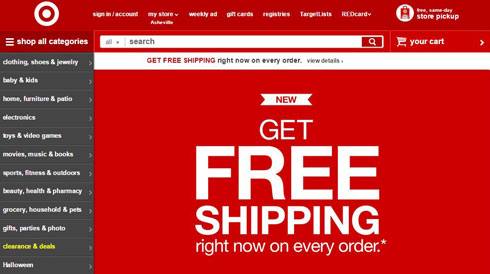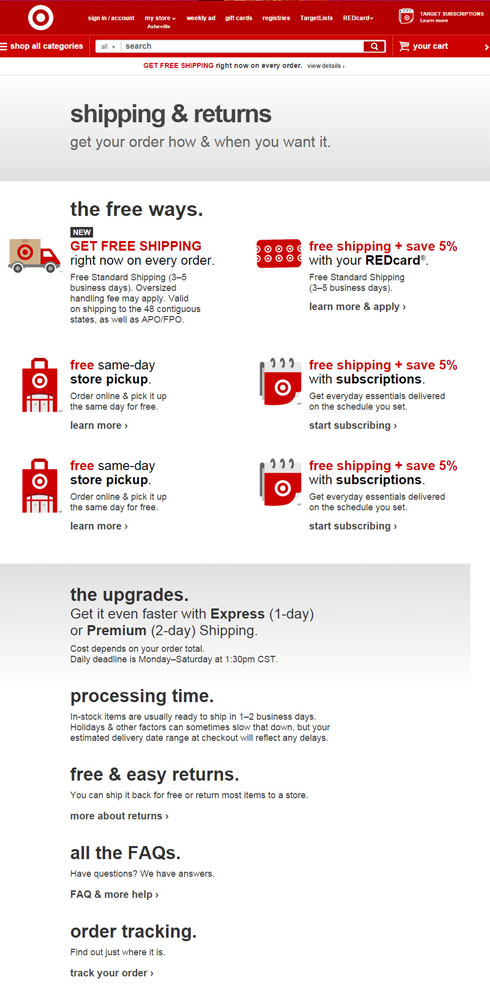“The great dividing line between success and failure can be expressed in five words, “I did not have time.”
~ Franklin Field
Whether or not to participate in social media is a dilemma for managers and owners of small companies. Active participation requires an investment of time and resources that are often unavailable in a small business. Social media doesn’t provide a clear cut cause and effect return on investment. There is a need to participate because customers and prospects are using the platform but at what cost?
Should other marketing and service activities be neglected to participate in social media? The easy answer is no but the decisions required for managing a small business are rarely that simple. Failing to respond to a negative post or comment can lead to serious financial ramifications. Reputation is a most valuable corporate asset. Not participating in social media can lead to irreparable damage.
The key to winning the social media time challenge is choosing the right level of participation.
Prioritizing activities is the first step in defining what will work best for your company. The top social media priority for every business is monitoring mentions on the Internet. There are services available that watch for any online activity that includes your company. The cost varies from (almost) free to several thousand dollars month. Start with a low cost service and expand as needed. No matter which service you choose supplement the monitoring with manual searches randomly executed. It is impossible for any automated system to be as effective as an individual with good search skills.
The second step is identifying opportunities for participation that will improve customer relations, brand awareness, and goodwill. Some sales will come from social media but starting with a revenue objective is unrealistic. While revenue may follow, there is rarely a direct line from social media to income streams. Your goal is to find opportunities to connect with customers and prospects to improve or create relationships. Those relationships will ultimately strengthen your company.
Start with these questions to find your opportunities:
Where do our customers spend their time online?
What do they do when they are online?
How can we interact with customers and prospects without being creepy or sleazy?
What do our customers and prospects need to know about our company?
How can we make our customers jobs and lives easier?
What problems do our customers and prospects need solving?
How do we attract customers now?
Why do our customers leave?
Answering these questions will give you insight into your customers’ activities and your company’s weaknesses. You will then be able to develop a plan of action that will deliver a better return on your investment. The plan needs to include what to do, when to do it, and who is responsible for execution. Here are some do’s and don’ts to help you along the way:
Do create long tail content. Providing solid information that helps people solve problems is evergreen content that will bring quality traffic to your website for many years.
Don’t copy your competitors. Every post needs to reflect the uniqueness of your company, services, and products.
Do provide detailed information on how to use your products and services. This can be done in the form of a blog, FAQ (frequently asked questions), videos, or how-to pages on your website. Social media is a great service channel.
Don’t try to use trending activity or controversy to get more exposure unless it is directly related to the information you’re providing. News jacking increases traffic but it rarely brings in people from your target market.
Do respond to every mention. If it is positive, show your gratitude. If the comments are negative, try to resolve the problem while avoiding being caught in a troll trap.
Don’t encourage comments for the sole purpose of getting more comments. Measuring worth by the number of comments is ineffective. Comments often add drama without benefit.
Do use tools to automate when possible. Systematically scheduling posts saves time and resources.
Don’t go down rabbit holes. Set a timer if necessary to help you stay focused on the job at hand. Social media has many distractions that can pull you in and eat up your day.
Do measure results. Every activity in a business has to contribute to increasing revenue, serving customers, or reducing costs to be justified.
Don’t listen to naysayers. Everyone has an opinion and feels free to share it liberally. The only opinions that matter are those of your customers, prospects, team members, and shareholders. Choose wisely.
Winning the social media time challenge allows you to participate on the platforms where you will be most effective without requiring extensive allocation of resources. It requires research, planning, and focused execution. The return will be well worth the effort.
For specific information on how to create a social media strategy that doesn’t break the bank, email Debra at dellis@wilsonellisconsulting.com.





















